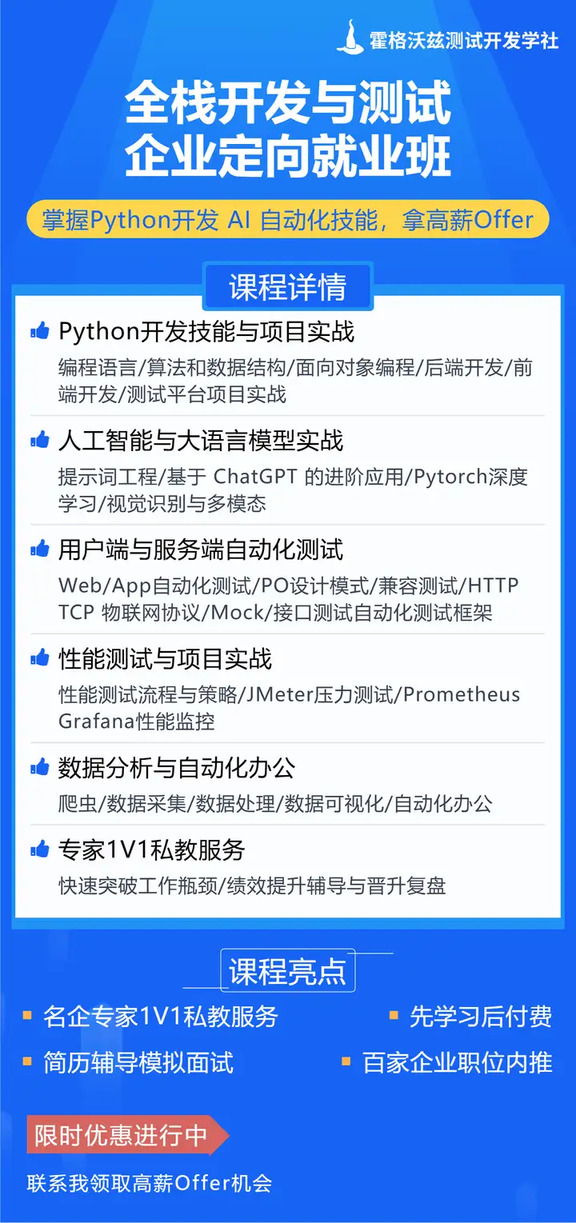缓存穿透是指查询的数据在缓存和数据库中都不存在,导致每次请求都直接访问数据库,可能会对数据库造成巨大压力。为了有效应对缓存穿透问题,可以使用布隆过滤器、缓存空结果等方法。本文将介绍缓存穿透的测试方法,以验证这些防护措施的有效性。
缓存穿透的防护方法
布隆过滤器(Bloom Filter)
使用布隆过滤器判断某个数据是否存在,从而避免无效的数据库查询。
缓存空结果
对于查询结果为空的数据,也将其缓存起来,但设置一个较短的过期时间,以避免频繁查询同样不存在的数据。
测试方法
为了验证缓存穿透防护措施的有效性,需要进行单元测试、集成测试、负载测试和故障注入测试。
一、单元测试
单元测试用于验证各个防护方法的逻辑正确性。
测试布隆过滤器
@Testpublic void testBloomFilter() { BloomFilter<String> bloomFilter = BloomFilter.create(Funnels.stringFunnel(Charset.defaultCharset()), 100000); String key = "testKey"; bloomFilter.put(key);
assertTrue(bloomFilter.mightContain(key)); assertFalse(bloomFilter.mightContain("anotherKey"));}
复制代码
测试缓存空结果
@Testpublic void testCacheEmptyResult() { CacheService service = new CacheService(); String key = "nonExistentKey"; String value = service.getData(key);
assertEquals("default", value); assertNotNull(cache.get(key)); // 确保空结果被缓存}
复制代码
二、集成测试
集成测试用于验证在高并发场景下,缓存穿透防护措施的有效性。
模拟高并发场景
@Testpublic void testHighConcurrencyWithBloomFilter() throws InterruptedException { CacheService service = new CacheService(); String key = "testKey"; CountDownLatch latch = new CountDownLatch(100); for (int i = 0; i < 100; i++) { new Thread(() -> { try { service.getData(key); } finally { latch.countDown(); } }).start(); } latch.await(); assertNotNull(cache.get(key));}
复制代码
三、负载测试
负载测试用于模拟高并发请求,测试系统在缓存穿透情况下的性能。使用工具如 JMeter 或 Gatling 来实现。
JMeter 测试脚本
jmeter -n -t cache_pierce_test.jmx -l result.jtl
复制代码
Gatling 测试脚本
import io.gatling.core.Predef._import io.gatling.http.Predef._
class CachePierceSimulation extends Simulation { val httpProtocol = http.baseUrl("http://localhost:8080") val scn = scenario("CachePierceTest") .exec(http("Request") .get("/data?key=nonExistentKey"))
setUp(scn.inject(atOnceUsers(1000)).protocols(httpProtocol))}
复制代码
四、故障注入测试
故障注入测试用于模拟缓存服务器宕机或延迟,验证系统的缓存穿透防护措施。
使用 Chaos Monkey
chaos-monkey-aws attack --instance-id i-xxxxxx --type terminate
复制代码
结论
缓存穿透可能对系统性能造成严重影响,通过布隆过滤器和缓存空结果等方法可以有效防止缓存穿透。通过单元测试、集成测试、负载测试和故障注入测试,可以验证这些防护措施的有效性,确保系统的稳定性和高可用性。









评论